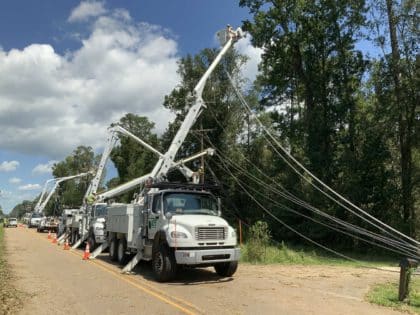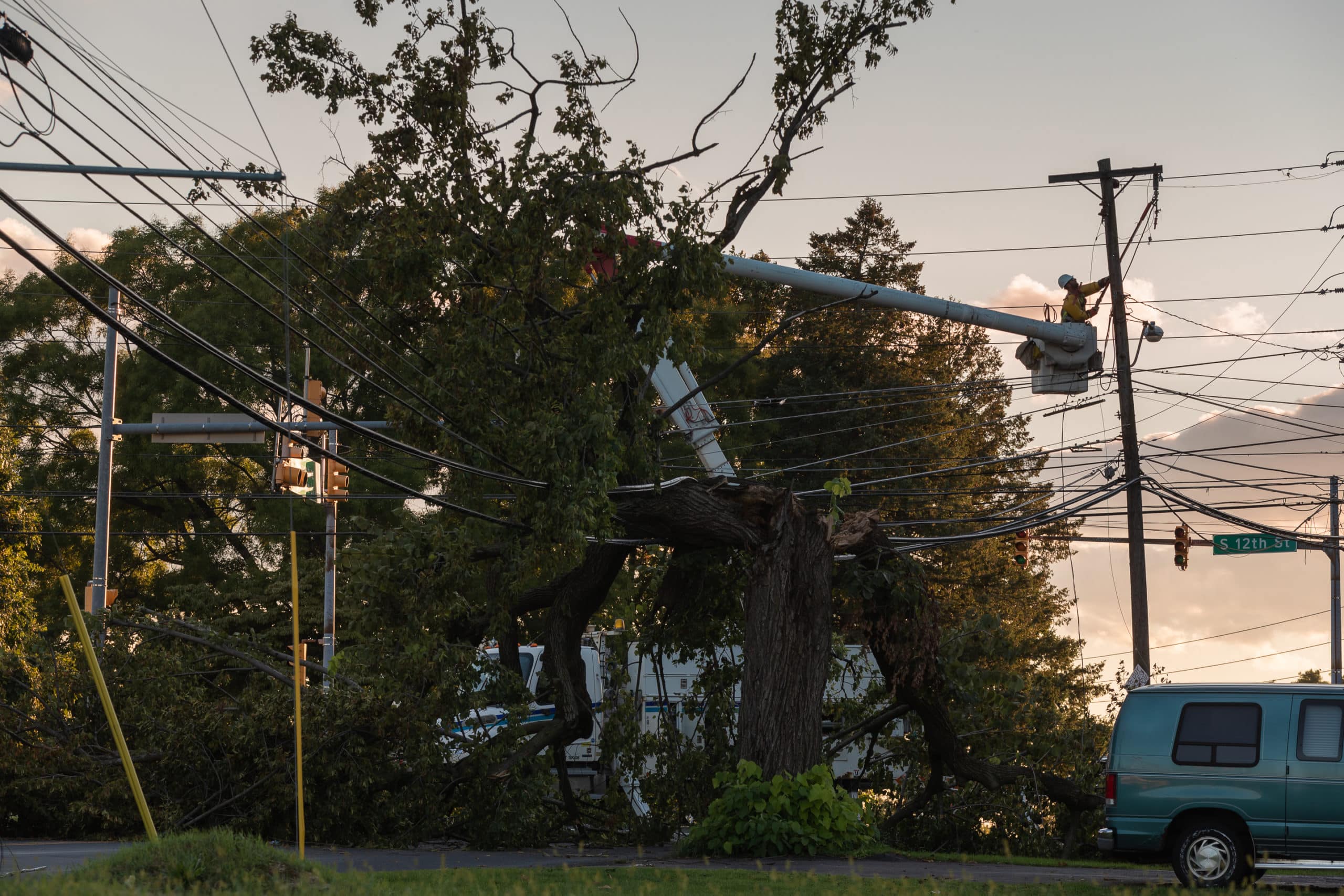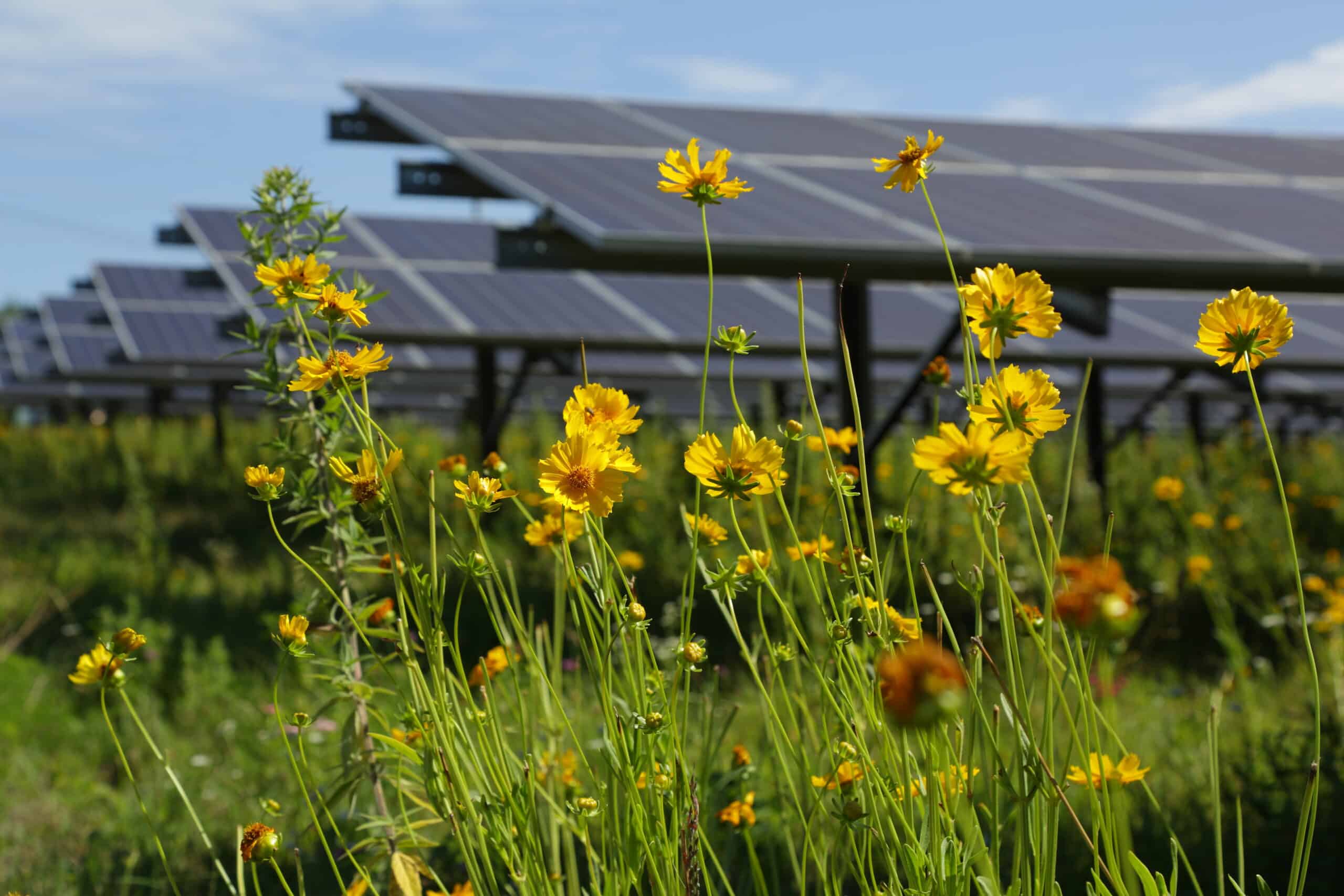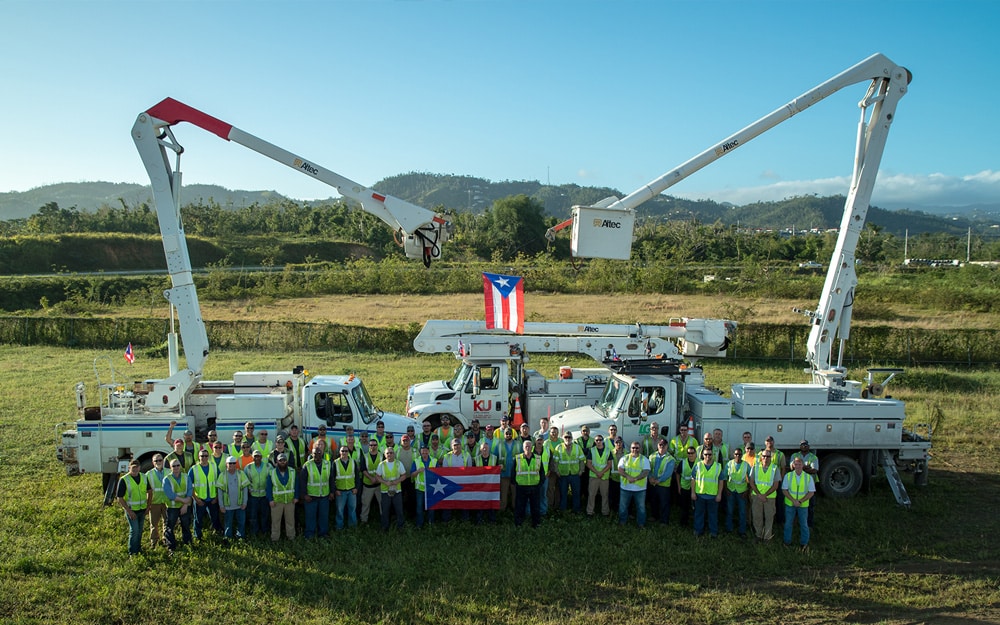When the worst storms hit – from ferocious summer thunderstorms that deliver severe wind gusts and heavy rains to treacherous winter storms that pelt us with thick snow and ice – PPL’s utility companies are prepared to face everything mother nature can throw at us.
That’s because we’re continuously preparing for the worst – even when the weather is perfect.
“You can’t just wait for a storm to hit, then react,” said Steve Woodworth, director of distribution systems operation and planning for Louisville Gas and Electric and Kentucky Utilities, two PPL subsidiary companies. “You have to prepare all the time.”
PPL’s utilities prepare by constantly training on storm-response techniques and practicing how we respond and dispatch crews. And while doing so, there’s one main focus.
“It’s all about our customers,” said Mike Menges, manager-Emergency Preparedness for PPL Electric Utilities. “We do practice drills with our customers in mind. We want to make sure when the storm hits, we respond as quickly and safely as possible for our customers.”
Besides drills and training, our companies are constantly hardening our systems. We’re upgrading older equipment, including replacing older wooden transmission line poles with stronger steel poles that are much more resistant to damaging storms and tree contacts.
In addition, our continued investments in the power grid, coupled with the use of the latest technology, have reduced outages. PPL’s companies have also invested in smart grid devices that reduce the size of the area affected by an outage by instantly rerouting power around trouble spots.
Our companies employ a successful program to trim trees near power lines to significantly reduce the potential for tree-related outages, which are the leading cause of storm-related outages. In addition, we use data analytics for smarter, more efficient equipment maintenance to make updates before a failure occurs.
How we respond to storms
When outage-causing storms hit, our utilities are ready to jump into action.
Our utilities are constantly monitoring the weather and how storms coming our way have impacted other utilities as they passed through. By the time the storms hit, we already have crews waiting to restore power. Restoration strategy is constantly evaluated during storms, including where crews are needed the most and what damage needs to be repaired. Sometimes our companies need the help of other utility companies through mutual assistance, just like we help restore power for other utilities. Safety is always the priority, so downed wires that could present safety issues are targeted quickly.
“We try to get the largest number of customers back as quickly as possible,” Menges said.

While our utilities have storm managers and commanders overseeing the restoration process and strategy, it’s the men and women in the field facing the storms head-on that deserve the credit, Menges said. Those fieldworkers often battle extreme weather during long days.
“It’s the work out in the field that really puts the lights back on,” Menges said. “Our fieldworkers are extremely dedicated to our customers. When you have that dedication, it makes the job of emergency manager that much easier.”
And even when all customers are restored, the job is not over. Our companies constantly review our responses and consider ways to make the next response even better.
“You can never let your guard down and you can’t live off what you did the last time,” Woodworth said.
How you can prepare for storms
Just like our companies are prepared, you can be too. Here are some tips:
- Before a storm hits, make sure your cell phones and other personal devices are fully charged and flashlights are ready to go.
- Make sure you are set up to receive outage alerts. Our companies send the latest updates by phone, email, text or all three.
- Subscribe to alerts for county emergency management sites, when available, so you can be prepared before storms arrive. You can also get alerts for counties your children or other relatives, such as elderly parents, live in.
How to respond to storms
Here are some tips on how to respond when a storm hits:
- Report outages to your power company. Don’t assume others have.
- Stay away from any downed lines and always assume the line is still energized.
- If you run a generator, make sure you run it outdoors in a well-ventilated area – never indoors or in a garage.
Want more information about preparing for emergencies? Visit Ready.gov. You can also visit PPL Electric Utilities, Rhode Island Energy and LG&E and KU for more information and tips.



